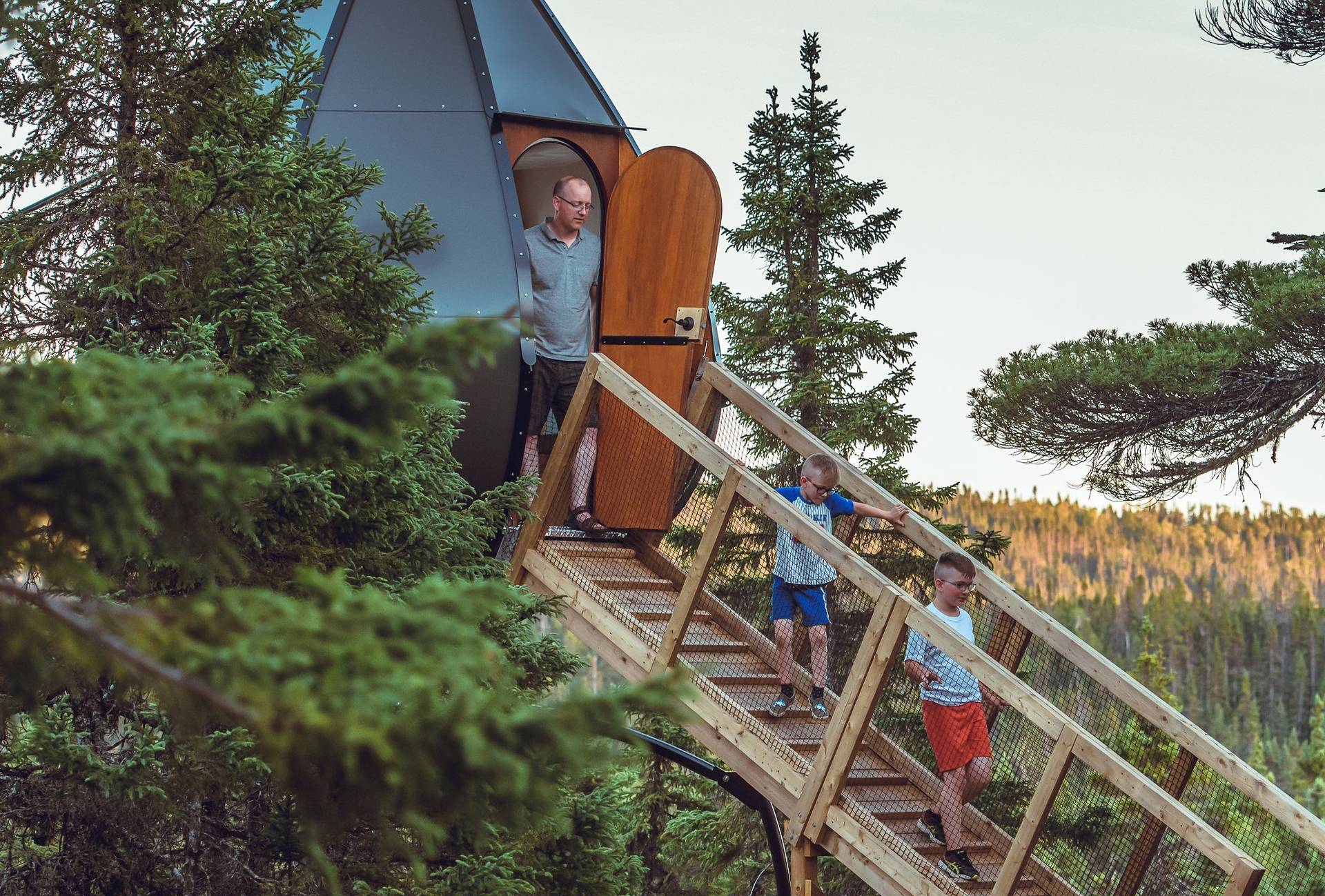
The United States Forest Service (USFS) is responsible for the resurvey and management of federal lands and for monumentation of national forests. Its mission is preservation and protection of the country's natural resources. This agency administers several programs designed to improve the management and conservation of these resources. Among these programs are forest fire research and the National Recreation Strategy.
In the middle of 19th century, national forests were developed. Edward T. Allen, the Pacific Northwest Region's first regional forester, was appointed. The majority of the national forests in the 20th century were used for timber harvesting, grazing, and other purposes. As a result, recreation on these lands was a slow progress. However, recreation grew tremendously during the Roaring 20s. National forests offer more opportunities than ever to enjoy them, from camping to road construction.
In the 1920s, the Forest Service had 12 regional research stations. These stations provided data necessary for managing federal forests and were responsible to providing dendrological information. After World War II, the need for additional forest research grew. The Civilian Conservation Corps program developed in the 1930s. Enrollees were assigned to the West to fight wildfires. The CCC built hundreds of lookout towers for locating and fighting fires. Around a thousand men were assigned as firefighters by the 1940s. A few women were also hired, but they rarely worked in the field.
In the 1950s the Forest Service took over primary responsibility for the protection of rural areas from fire. It took its first steps in this direction with the establishment of the Division of Fire Research. It was also authorized to form cooperative units. This legislation changed the Forest Service's operations and enabled it to achieve the autonomy that it enjoys today.
The Forest Service also developed a professional standard of firefighting. It was known as "10 a.m." Policy. It stipulated that fires should be contained no later than 10 a.m. upon receiving a report of a burning house. This was a stipulation that was echoed in other Federal agencies.
As the Roaring Twenties began to fade, the Forest Service responded to the changing social and economic circumstances by developing a National Recreation Strategy. The strategy called for public-private partnerships in outdoor recreation.
A major part of the strategy was the creation of a computer network to track lightning strikes. This network, now with over 100 stations, can also be used to track the locations of lightning-related fires. The Forest Service is now using an ecosystem-based approach for forest management.
Forest Service has made the National Recreation Strategy a success thanks to its efforts. Its research has also played a large role in helping to shape the way the agency operates. For example, the Wagon Wheel Gap Watershed Study was a joint project between the U.S. Weather Bureau and Forest Service. This study was an important precursor to the creation the National Park Service, and the National Wildlife Refuge System.